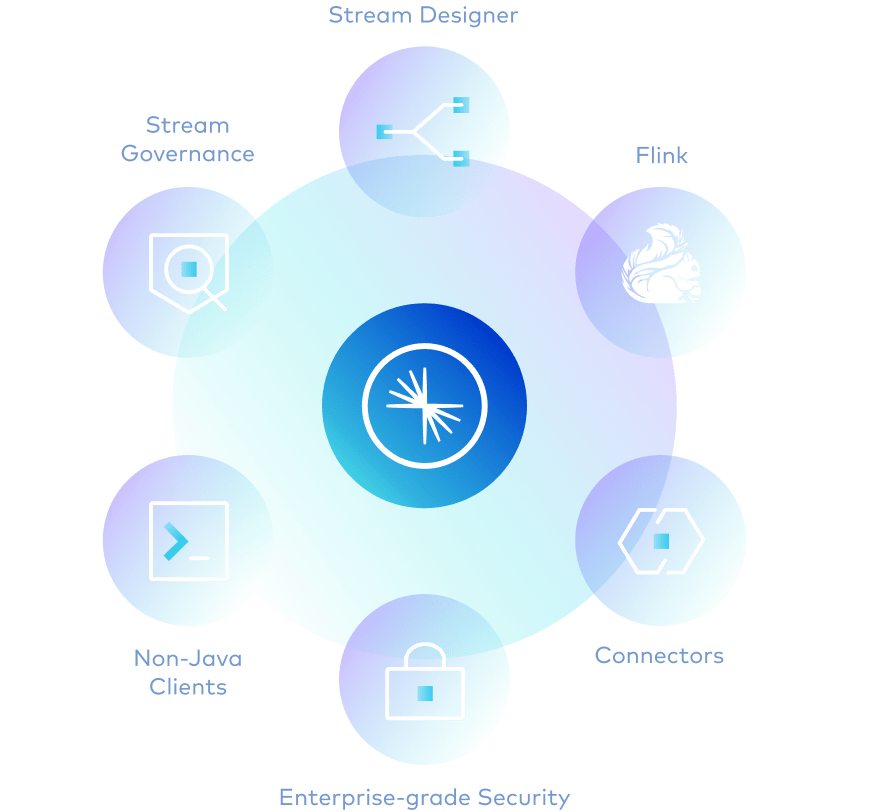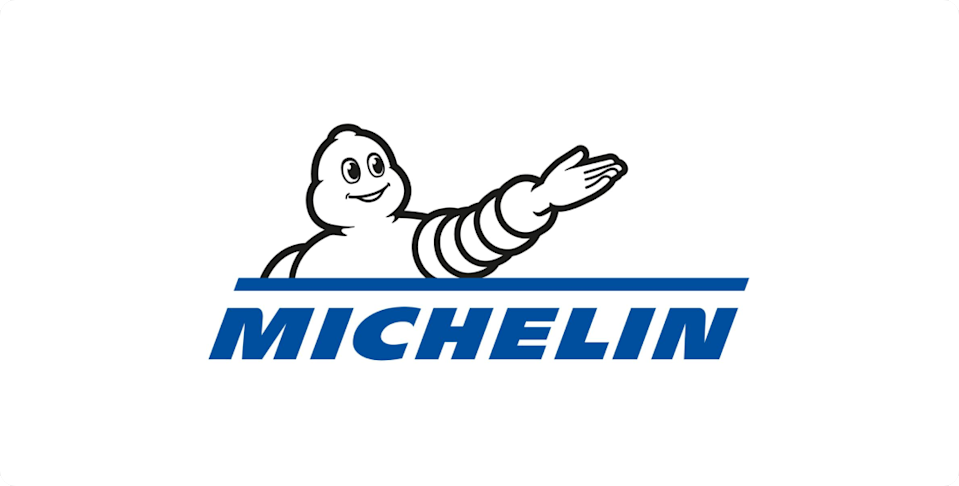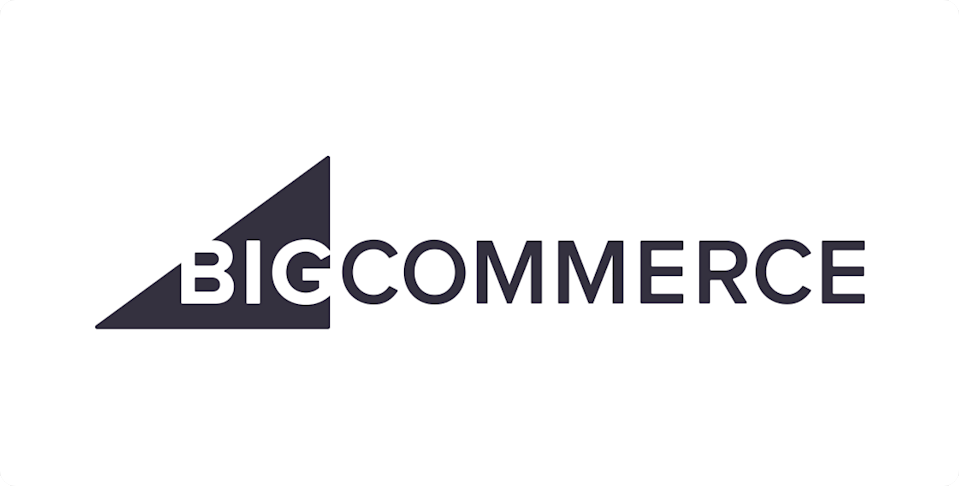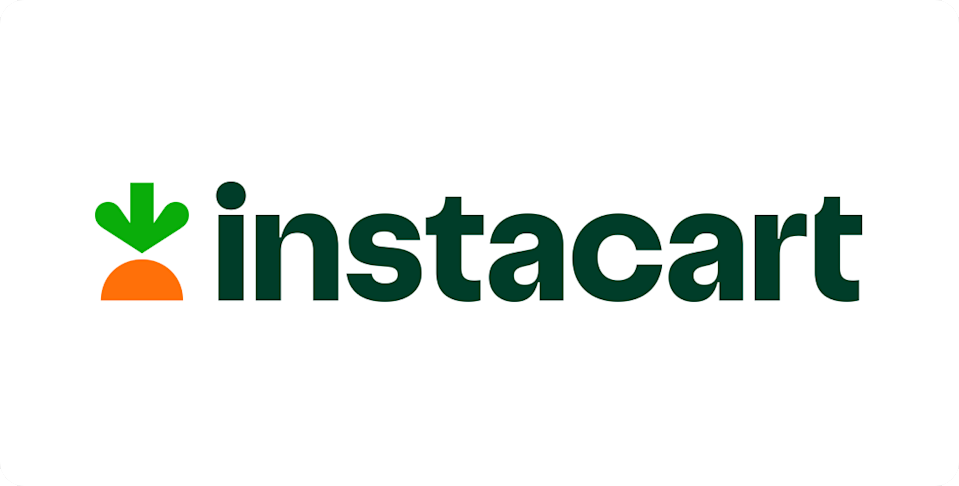Hands-on Tableflow Workshop: Kafka-to-Delta Tables & AI Agents | Register Now
The Challenges of Open-Source Apache Kafka®
Over 70% of the Fortune 500 uses Apache Kafka. It’s used to power real-time applications that deliver critical customer experiences.
But while Kafka is foundational for the modern data stack, it doesn’t offer everything you need out-of-the-box (e.g., pre-built connectors, governance, security, etc.). And managing Kafka on your own creates significant ongoing operational burdens that grow over time.
Enter Confluent: Fully Managed Kafka Service
Instead of relying on open-source Kafka, turn to Confluent. Confluent offers out-of-the-box enterprise capabilities to implement Kafka use cases quickly, reliably, and securely without the headaches of self-management. Confluent reengineered Kafka to provide a cloud-native and complete data streaming platform available everywhere your data resides.
Get started with our detailed steps to migrating from open-source Kafka today. With these steps, you can migrate with ease & limited downtime (we’ve helped 1000s migrate over).


“We started wondering, can we offload all of the management of Kafka—and still get all of the benefits of Kafka? That’s when Confluent came into the picture. We had to constantly patch software, and from time to time we would see traffic surging and have to constantly manage the scaling of resources. It was a painful journey. The system we decided to go with is a real-time messaging system (Kafka) backed by a managed provider (Confluent) on a reliable, robust, performance cloud platform (Google Cloud).”

“Confluent provided a much better level of support and service compared to any other vendor we came across. With a huge amount of experience and with over 80% of the commits to Apache Kafka, there is no other organization we trusted more to ensure our success with real-time data and Kafka. The level of vision and expertise was unmatched.”

“Walmart is a $500 billion in revenue company, so every second is worth millions of dollars. Kafka and Confluent are the backbone of our digital omnichannel transformation and success.”

“For me to go hire a bunch of engineers to babysit Kafka, I don't have the ability to go do that. Being able to offload those concerns [to Confluent] is such a relief for us and lets us focus on delivering value to the organization and not worrying about ops and the other overhead.”
3 Key Phases to Kafka Migration with Limited Downtime
As with any migration, preparation is vital! It is crucial to establish a clear understanding of the migration’s scope and objectives. In larger organizations, many stakeholders (such as security, networking, and data platforms), are typically involved. Therefore, it is advised to define key milestones and what success looks like for each stakeholder.
A migration from Apache Kafka to Confluent Cloud can be broken down into a few simple phases:
Begin by Planning Your Kafka Migration
Define migration scope and objectives to ensure alignment between cross-functional teams and lay a strong foundation for the migration process.
Set up & Configure Your Confluent Cloud Clusters
Provision & configure Confluent Cloud cluster(s) and conduct performance benchmarks, including additional security configurations, to ensure Confluent will meet business requirements.
Migrate & Validate Your Kafka Workloads
Begin your migration with lower environments and iterate through each. Production should always be the last environment to migrate after thorough testing and benchmarking of lower-level stages. Confirm your workloads are functioning as expected and that performance benchmarks are met.
Trusted by Industry Leaders






About Confluent
Confluent is transforming how organizations use their data with event streaming. Founded by the original creators of Apache Kafka, Confluent Cloud offers both data streaming & processing with enterprise capabilities and a cloud-native experience. Unlock new & critical use cases with Confluent today.